World Fine Art Professionals and their Key-Pieces, 391 - Lies Verdenius
World Fine Art Professionals and their Key-Pieces, 391 – Lies Verdenius
In NDSM Fuse Amsterdam I saw the work of Lies Verdenius in the second edition of Amsterdam Pop-up Print Gallery. She showed lithographs of plants, the nasturtium and the Japanese maple, with its beautiful red colour.
A few weeks later I visit her in her studio, a glass room at the back of the garden of her house on one of the quays in Amsterdam-West. She has been in this studio for two years, she says. Before that she worked in the attic. The floor of her new space is made of sturdy concrete, because it must not only support a huge litho press, but also a letterpress, large lithograph stones and a trestle with lead letters.
Litho stone
Lithography is her specialty. She loves to draw on the litho stone. When printing them, she often sees new possibilities. Nature is always the starting point of her work and she carefully traces the shapes on the litho stone. Sometimes abstract forms also arise, in which the figurative elements are contained, such as in the processing of plants, fish, shells and fossils.
Lies Verdenius is strongly inspired by ancient Japanese art and culture. “That has been the case for years. I grew up in a house of art books. My father was interested in Eastern art. He admired Japanese art, especially the woodcuts. That turned me on. I especially like the aesthetics and narrative of Japanese woodcuts. It resulted in a book in which I combined poems and prints.”
First lithograph
When she specialized in graphics, she initially focused mainly on lithography, but after a while she also immersed herself in wood and linoleum cuts. In 1973 she made her first lithograph during the MO drawing course. In 1977 she purchased her own litho presses, litho stones, ink rolls and inks for her studio in the Jordaan. Later a book printing press was added and she started making artists’ books.
She also developed herself in photography. She used it as an image medium. For a while she combined the two, but from 2000 she was back to lithography, photography had become a tool. Most important was making lithographs and books.
Speaking about a possible key work, she says she has a number of important works that qualify.
13 SURIMONO
First of all, the series ’13 SURIMONO’. “Surimono stands for small exclusive woodcut, in which a poem is also printed. A beautiful series of Surimono, which was shown at an exhibition in the Rijksmuseum, was the source of inspiration for my own series. Surimono literally means ‘printed things’. I have combined lithographs of shells with poems I wrote myself. It is a large series of 13 prints, on which the poems are printed in addition to the shells in color .”
She worked on it for two years.
You can place all 13 of them next to each other, then you get a continuous beach landscape. I also see a child with a jam jar with shells – for many the beginning of a collection. Rembrandt was also a great collector of shells. There is also a scallop. She has often been to the Breton coast, she says.
Shells have long inspired and intrigued her, just as stones do. “To me they are a metaphor for the stratification of time – earth strata – growth lines – historical eras. Sometimes the shells are so worn and petrified that they seem to have become fossils; I then fantasize about all the world’s oceans where they have already roamed over the years.
Perhaps this is also why I have such a strong bond with the technique of lithography: the stones on which I draw and print, come from millions of years old layers of rock (sediments of shells) and there is something earthly about working on them .”
Kaiawase Symbolon
Secondly ‘Kai awase Symbolon’. The shell also plays a major role in this. The shells of the old Japanese game have paintings on the inside, often depicting scenes from the story of Genji, a Japanese novel written in the early 11th century. The object of the game is to find another matching half. “It reminded me of the Symbolon concept in Greek culture. My father was a professor of Ancient Greek and told me about this. I printed a booklet containing four fragments of ancient Greek texts, one fragment of a story by Prince Genji, and four stories by myself. The booklet is in a cassette with nine shells with a drawing on the inside of these stories. This is how I combined Japanese and Greek culture. There is a speech by Aristophanes in which he discusses why men and women are attracted to each other. You have to flip the half shell to see if they match, E-awase. It looks a bit like the memory game, where two elements have to be found together. There are also sawn through knucklebones passing by, which must fit together in the same way.
Artist-in-Residency Kyoto
Third, not so much a key work as a key moment: an Artist-in-Residency in Japan in 2012. It was an exchange between the Netherlands and Japan with artists, architects and designers. It was organized by ‘Kyo-machiya’, a foundation for preserving old houses in Kyoto. “It took six weeks. I had no studio at my disposal. I came up with the idea of doing something with wood. I started doing experiments in which I placed thin papers against, for example, a wooden part of the facade, the tatami mat of woven bamboo, the window pane, a coaster in the kitchen. It’s called ‘rubbing’, rubbing with ink or chalk.”
In addition, she sat outside drawing in in temple gardens, Zen gardens. “It was in the autumn, from mid-October to November, the dry period. There are thousands of temple gardens enclosed by walls. In those zen gardens I drew a lot of plants and stones. Back in Amsterdam I continued rubbing. The result was an elongated book.”
The axe
She shows me the book ‘The Ax’. She also received presents in Japan, for example when she pressed a sheet of wet kozo paper against the temple wall – the wood of that wall was first burned for preservation – and after it dried it took on a color on both sides. This paper was used for the cover of the book. The first rubbing in the book is from the bark of a tree. It has a red circle on it, which refers both to the sign for ‘this tree goes for the ax’ (falls) and to the red circle in the Japanese flag. There is also a cross-section of a tree. She asked a Japanese artist in residence in Amsterdam to write the original Japanese haiku in calligraphy in the book.
Her husband, who owns a furniture workshop, started making tables from tree slices.
The haiku is as follows:
The blow of an axe
and suddenly that smell
of fresh winter wood
Buson Yosa, 1716-1783, calligraphy by Yoshimi Miyamoto
In what looks like a tree trunk is a rolled up booklet with the title ‘The woodpecker’. Among other things, there is a print of a feather and a rubbing of bark with a black hole, as it could have been made by a woodpecker.
The following haiku is printed in this booklet:
Dry ax blows
amidst the undergrowth
Knock of a woodpecker
Kobayashi Issa (1763-1827)
Kisses by Koi
And finally, as a fourth, she shows the booklet ‘Kisses by Koi’ from 2014. “Koi carp are very common in Japan. I made a series of lithographs and texts. The texts are sometimes also in the shape of a fish, with a basic print of an orange net. It suggests that the fish has been caught. I also pressed the net onto the body of the carp, as if they were golden scales. It was quite a job, but fun to do.”
We walk around the house for a while. In the ‘Dependance’ is the storage of frames, prints and books. In folders I see various large lithographs of, among other things, lotus flowers, koi carp and shells. A number of Japanese woodcut prints from the 19th century hang in the hallway. Rubbings can be seen in the living room, there is a tree trunk table, made by her husband. There is a crack in it, but that’s what makes it attractive. A pull-out table has also been created in this way.
Meditative
Lies Verdenius started her first exhibition in 1975 and many have followed since then. “Exhibiting is fun and educational. It gives you inspiration. It’s a surprise to see your work together. You get a nice overview. The conversations with people are also worthwhile. It is of course nice to be able to sell something.”
Lies Verdenius is a member of various associations such as the Graphics Platform, Drukwerk in de Marge, De Ploegh in Amersfoort and Ars Aemula Naturae in Leiden. She also participates in the annual Fair of small publishers in Paradiso. The Koninklijke Bibliotheek and Museum of the Book Meermanno – House of the Book – have purchased many books.
Finally, what is her philosophy? Lies Verdenius: “I’m interested in stories that touch me. It can be a text or an image. I get to work with it, and in the process I come up with surprising ideas that I develop further. Making rubbings is also often very meditative. The challenge for me is to harmonize content and design.
Images
1) Lies Verdenius Litho Red Acer Leaves 2) Booklet Kisses by Koi Lies Verdenius, 3) The AX page colophon Lies Verdenius, 4) The WOODPECKER in tree trunk Lies Verdenius, 5) Hart and Peace Garden Kyoto Lies Verdenius, 6) Kaiawase Symbolon book and game Lies Verdenius, 7) Artists’ book Autumn dusk Lies Verdenius, 8) Lies Verdenius Litho O I Cherry ink, 9) Lies Verdenius portrait, 10 Litho Nasturtium Alaska Lies Verdenius
https://www.liesverdenius.nl/https://arsaemula.nl/lies-verdenius/https://www.deploegh.nl/project/lies-verdenius/ https://www.ifthenisnow.eu/nl/verhalen/de-wereld-van-de-amsterdamse-kunstenaar-91-lies-verdenius
Disclaimer: The views, opinions and positions expressed within this guest article are those of the author Walter van Teeffelen alone and do not represent those of the Marbella Marbella website. The accuracy, completeness and validity of any statements made within this article are not guaranteed. We accept no liability for any errors, omissions or representations. The copyright of this content belongs to Walter van Teeffelen and any liability with regards to infringement of intellectual property rights remains with the author.

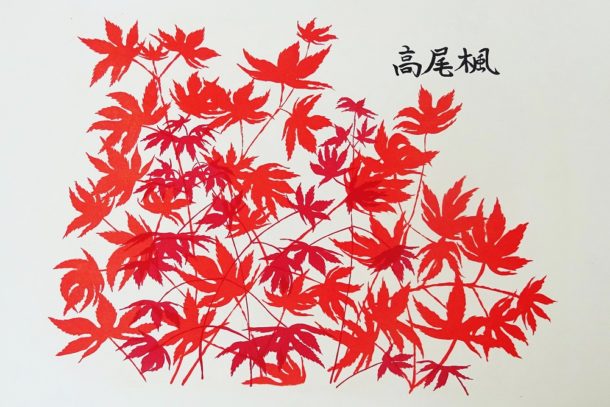
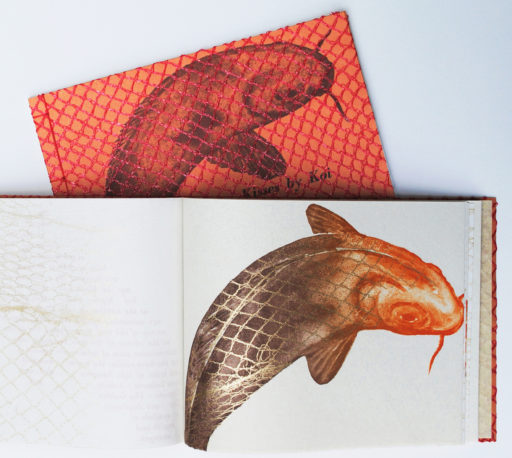
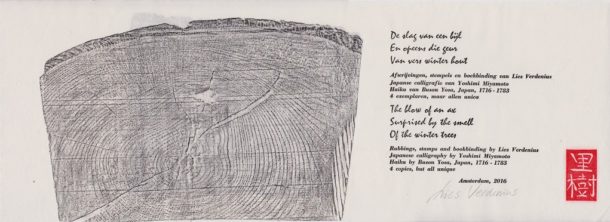
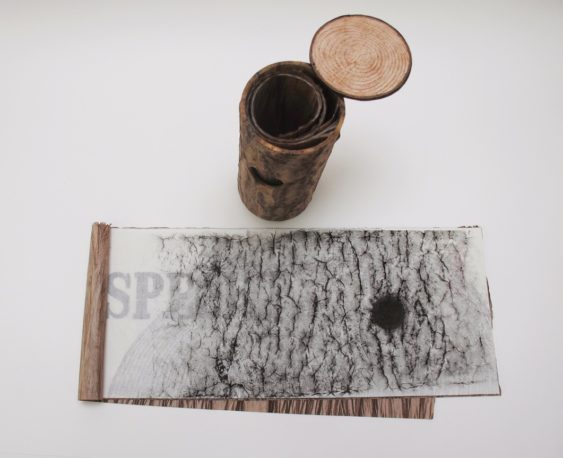
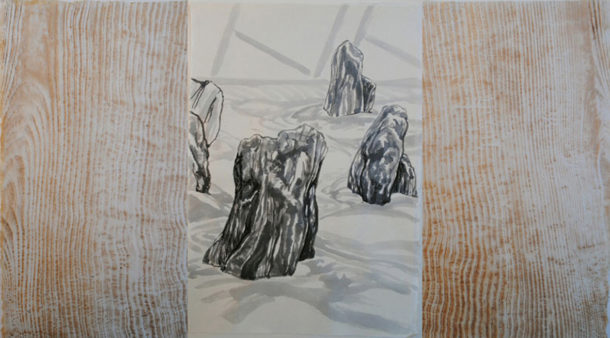
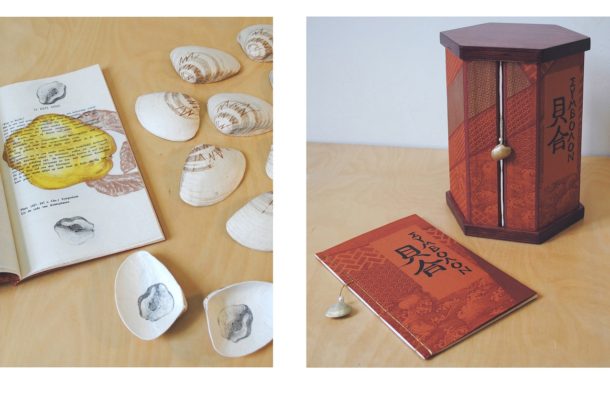
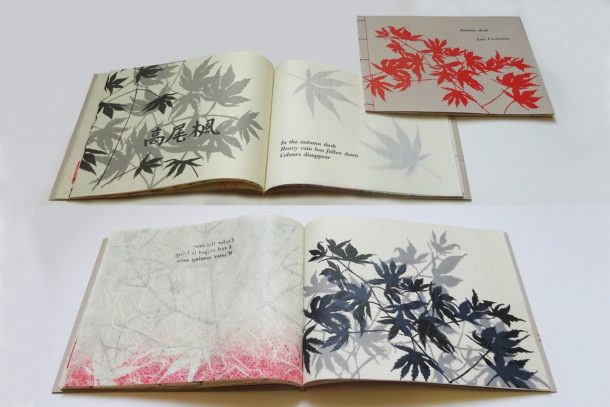
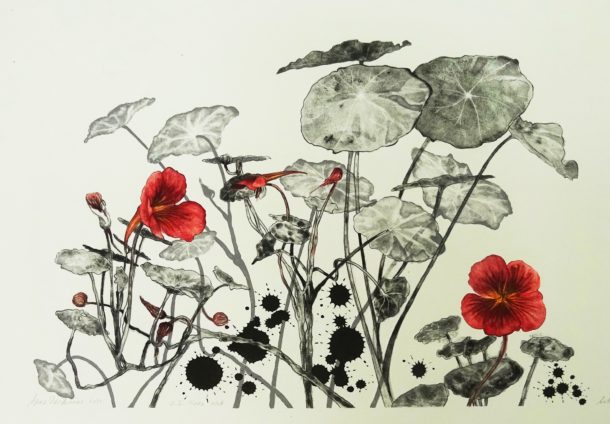
















The opinions expressed by individual commentators and contributors do not necessarily constitute this website's position on the particular topic.